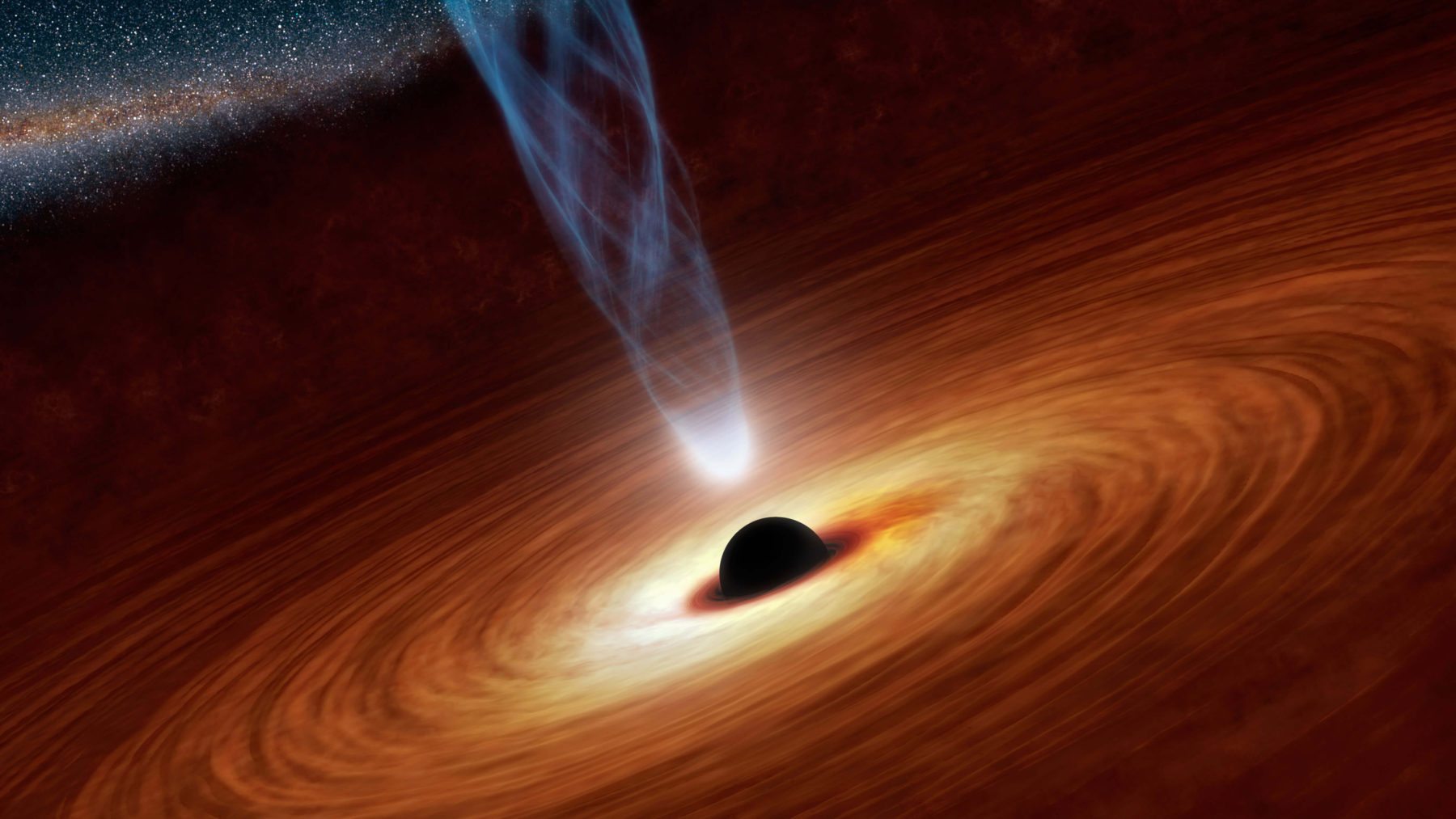Do black holes really have hair?
A recent paper, published by Stephen Hawking and other physicists, has suggested that black holes may be surrounded by ‘hair’ made up of ghostly zero energy particles, and goes on to suggest that some of the information consumed by black holes may be stored on these hairs. The proposal does not prove that all the information consumed by a black hole is preserved, but based on the fundamental laws of physics, this idea suggests that it should be theoretically possible to recover information that existed in the past.
The black hole, long a stalwart of sci-fi disaster movies, is a region of space-time that exhibits such strong gravitational effects that nothing can escape from inside it, including particles and electromagnetic radiation such as light. Black holes are, for all intents and purposes, practically invisible – they reflect no light – but their presence could be inferred from its interactions with other matter. It was also theorised, by Hawking, that black holes are not entirely black, and that they emit a small amount of thermal radiation (an effect that has become known as Hawking radiation), causing them to evaporate over time.
Either the information is not completely destroyed, or we need to adjust our understanding of the laws of physics
What, then, is ‘hair’? In the 1960s, John Wheeler used the term as a metaphor to mean that black holes were shorn of all complicated particularities – that is, that all black holes were identical except for their spin, angular momentum and mass. The idea of this theory is that there are in fact hairs on the edge of black holes, comprised of zero-energy particles – a particle with the energy of its ground state. These serve to ‘trap’ information, if you will, on the event horizon, making a watermark of the information as it passes – think nose hair gathering dust, and you’re kind of there.
Charged particles crossing the event horizon leave traces of themselves in the form of soft photons and soft gravitons, which have no energy – it serves as a recording device, saving infinite amounts of information about what went into the black hole. The information is therefore not destroyed, resolving the ‘black hole paradox’ – information swallowed up by a black hole must be retrievable, via the laws of quantum mechanics, which does not tally with our current understanding of the black hole. Either the information is not completely destroyed, or we need to adjust our understanding of the laws of physics.
This paper is open to peer review and no-one has found any issues with the calculations, but many scientists feel that this solution is not the final answer to the question of the ‘black hole paradox’ – it has been posited as akin to using smoke and fire to deduce the identity of something that has been burnt, with doubts about whether the hair would be rich enough to store all the information. Nevertheless, it has received an enthusiastic response, and even if it turns out not to be the case, the theory certainly opens the door to new ways of thinking about black holes and how they encode information.

Comments